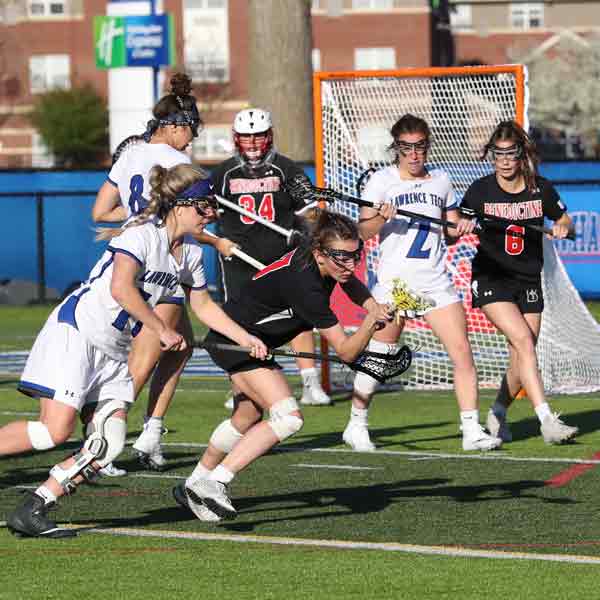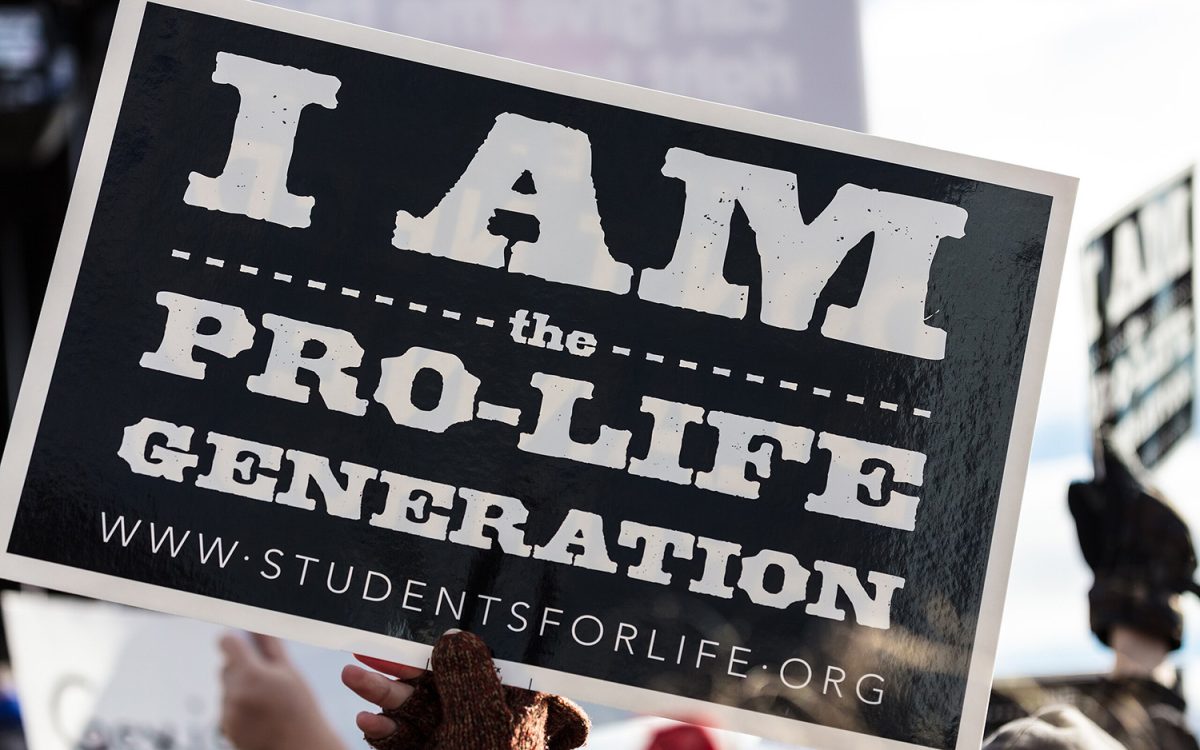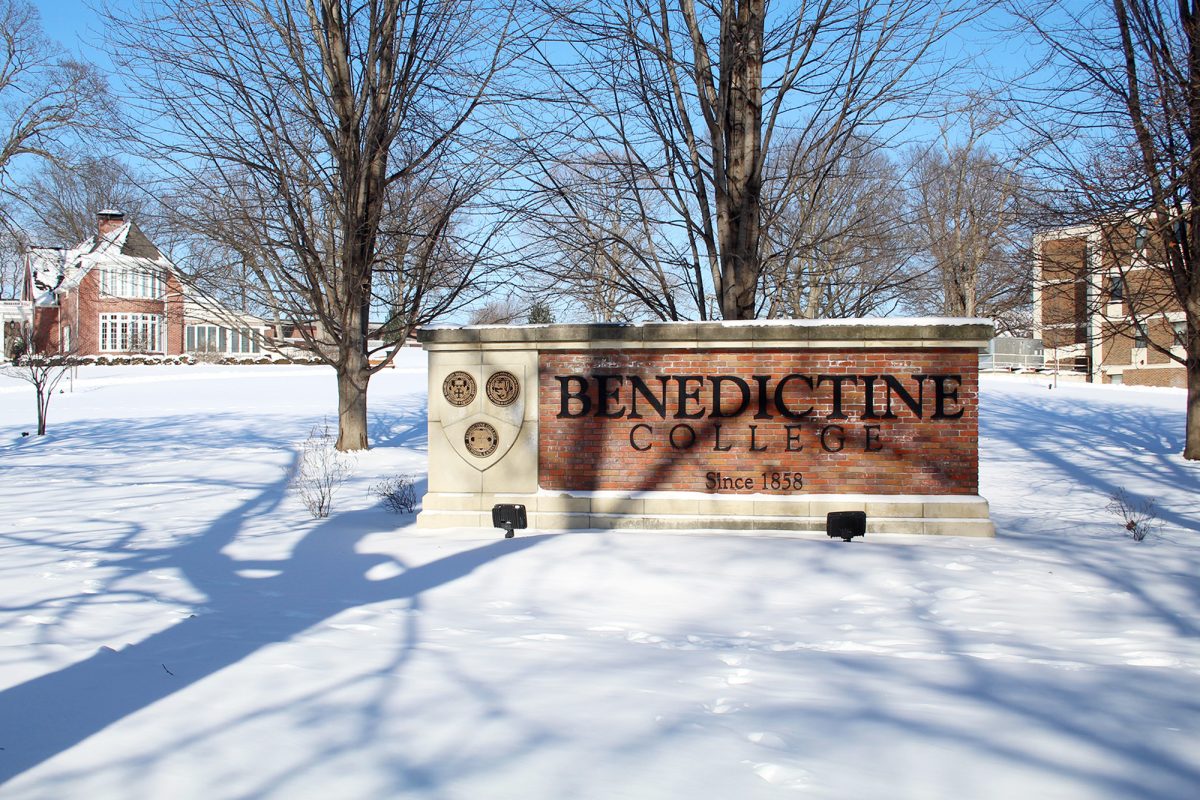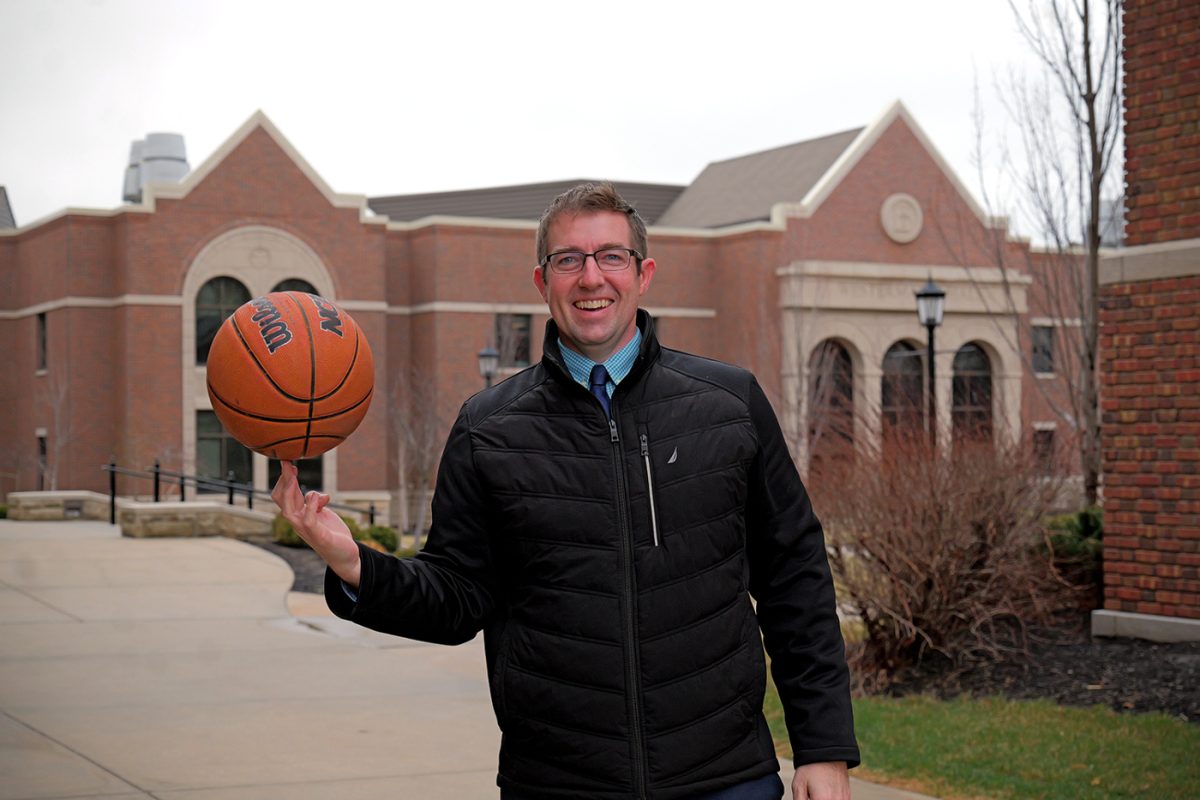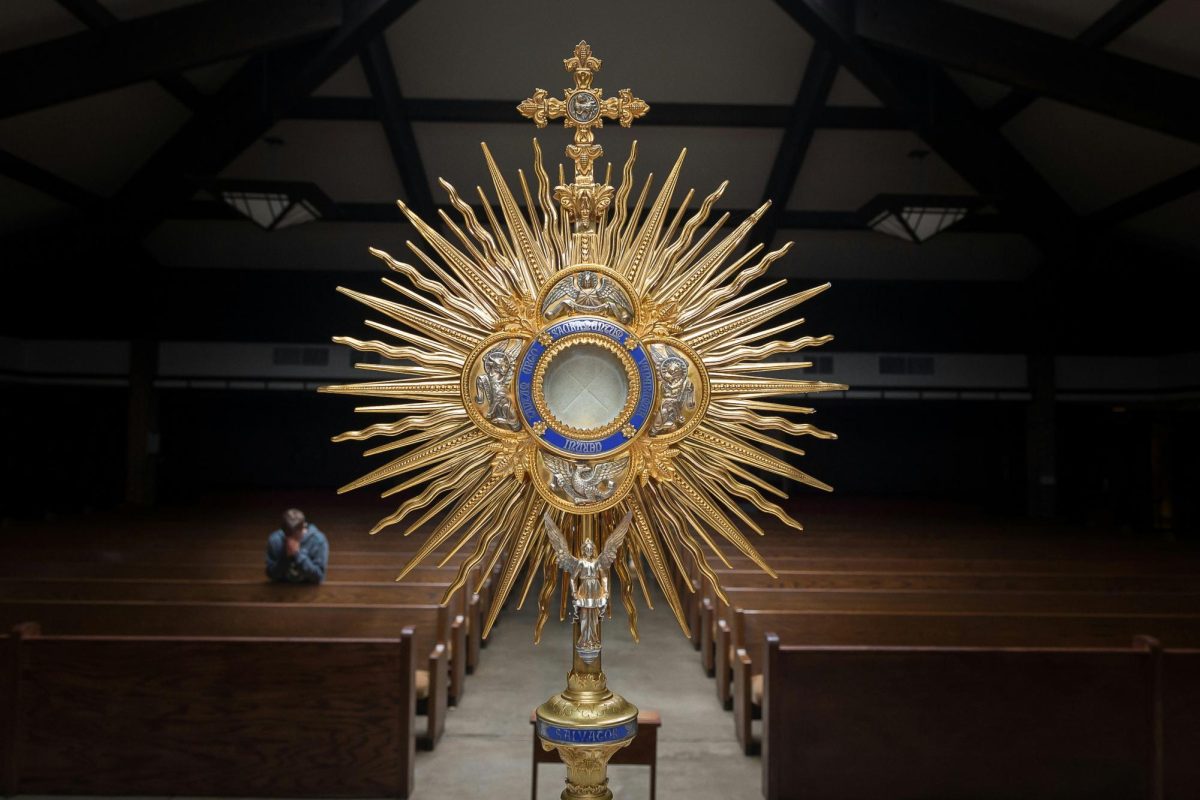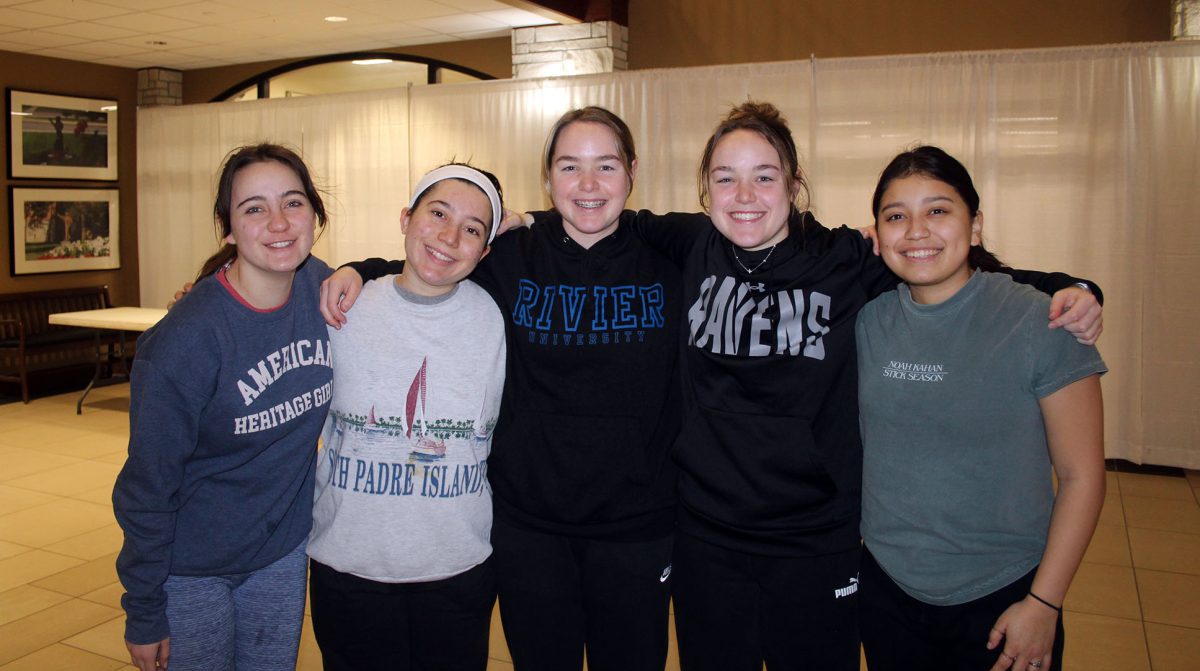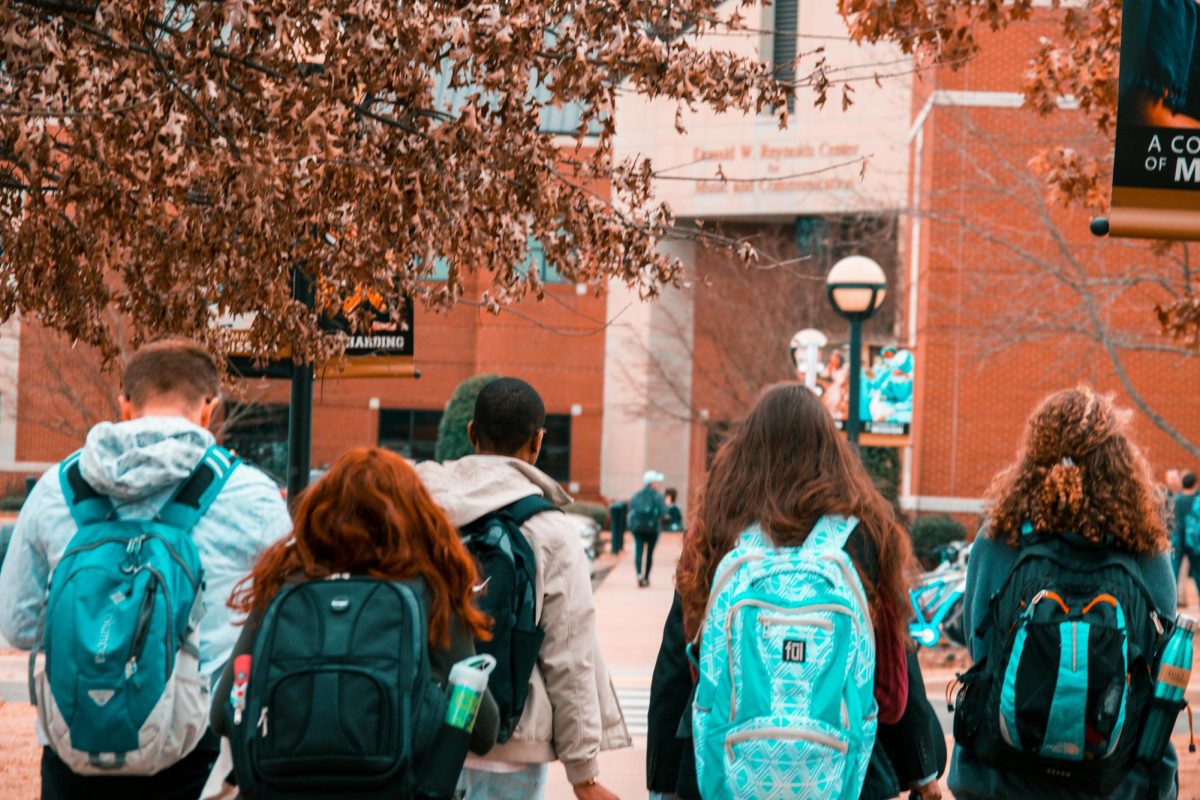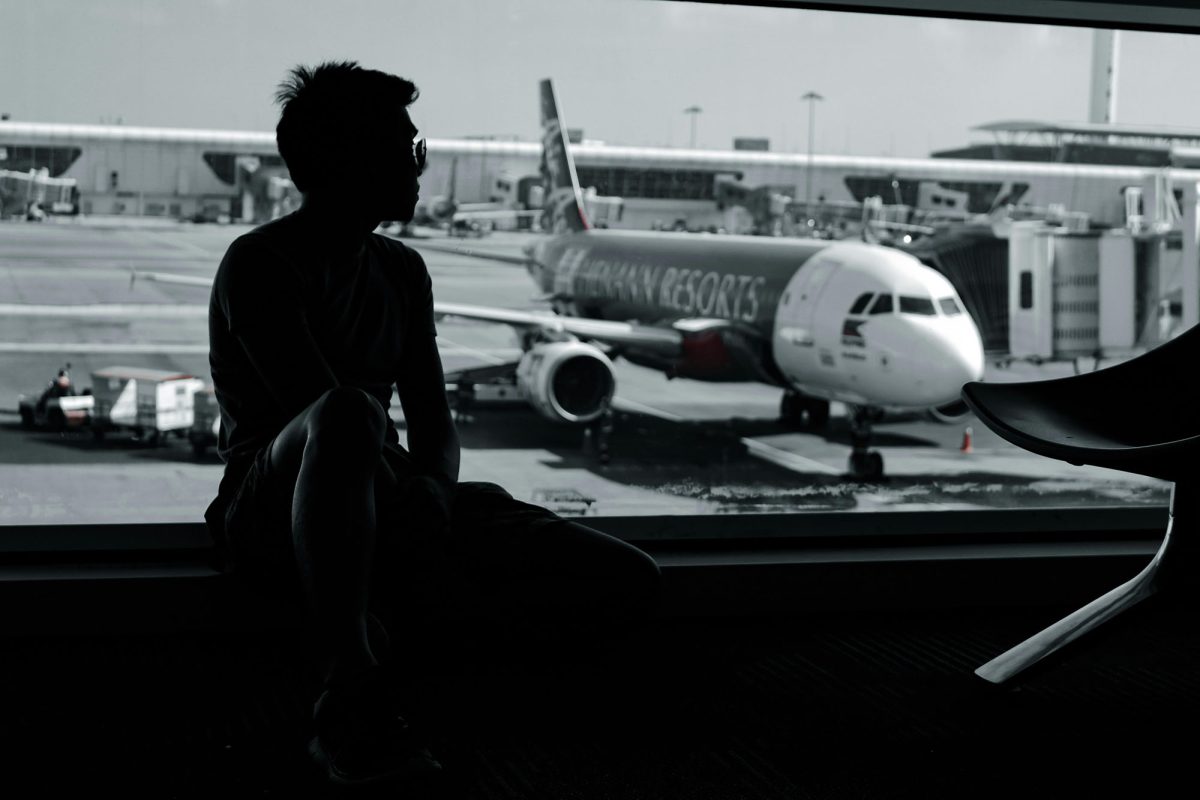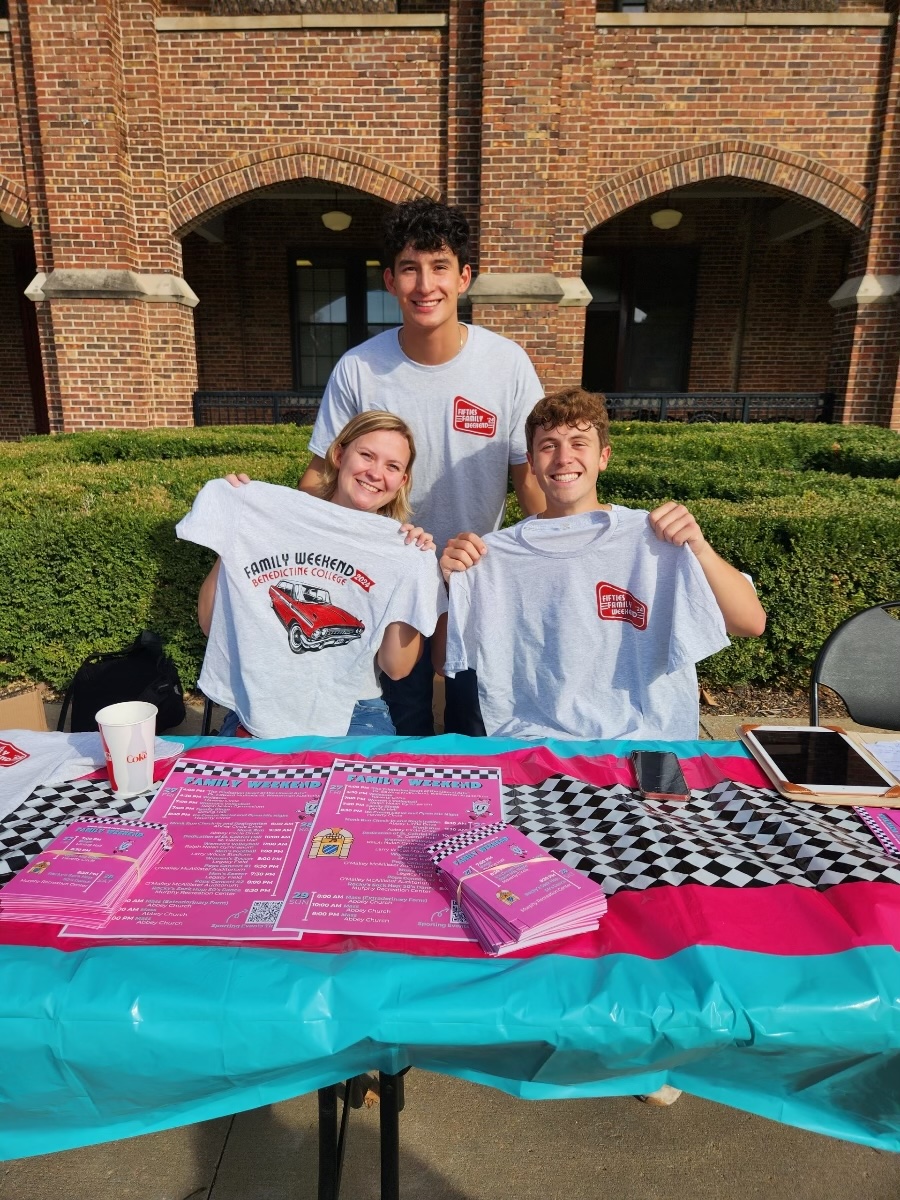Día de Los Muertos, or Day of the Dead, has become ever-so prevalent in American mainstream media in recent years, the popularity of which can be largely attributed to the success of movies like Coco and The Book of Life. The holiday has roots in Mexico but over the years has become celebrated throughout Latin America and in Latino communities in the U.S. as well.
Although it makes me incredibly grateful to see something I have celebrated my whole life receive the recognition it deserves, a part of me still feels like the hundreds of years of cultural and religious importance of this holiday can get lost in the mix of the Halloween season.
Día de Los Muertos is largely associated with Halloween because of its artistic depictions of calaveras and calacas (skulls and skeletons) and the idea of connecting with people who have passed into the afterlife.
To me, the difference between the two celebrations is that unlike Halloween, which is meant to be scary, Día de Los Muertos is meant to be sacred. During this time, we not only remember and reflect on the lives of our family members who have passed but to also connect with them in a supernatural way.
Traditionally, those who observe this celebration build an ofrenda, or altar, where we place pictures and belongings of our deceased loved ones and lay out their favorite foods which we also eat as a family. The ofrenda is built to encourage spirits to return to us as to hear our prayers for their journey in the afterlife and spend time with them even if they cannot be there physically.
The celebration, which officially takes place on November 1 and 2, also coincides with the Catholic observation of All Saints’ Day and All Souls Day. These two celebrations encourage people to pray for the souls of saints and the faithfully departed alike. Similar to Day of the Dead, all of these holidays help us to not only commemorate the dead but also celebrate their living memory as well.
Growing up, I always found it amazing that my culture and my faith could come together in this unique way where instead of mourning the death of my loved ones I could instead celebrate and find solace in their well being even after death. It also gave me a new outlook on life and death and made me realize that just like in life, I can count on my family and God to care for me in death too.
Día de Los Muertos is more than another Halloween festivity, it is a celebration where the past meets the present. It is at this junction between life and death where we can find joy in mourning and hope for eternal life.


